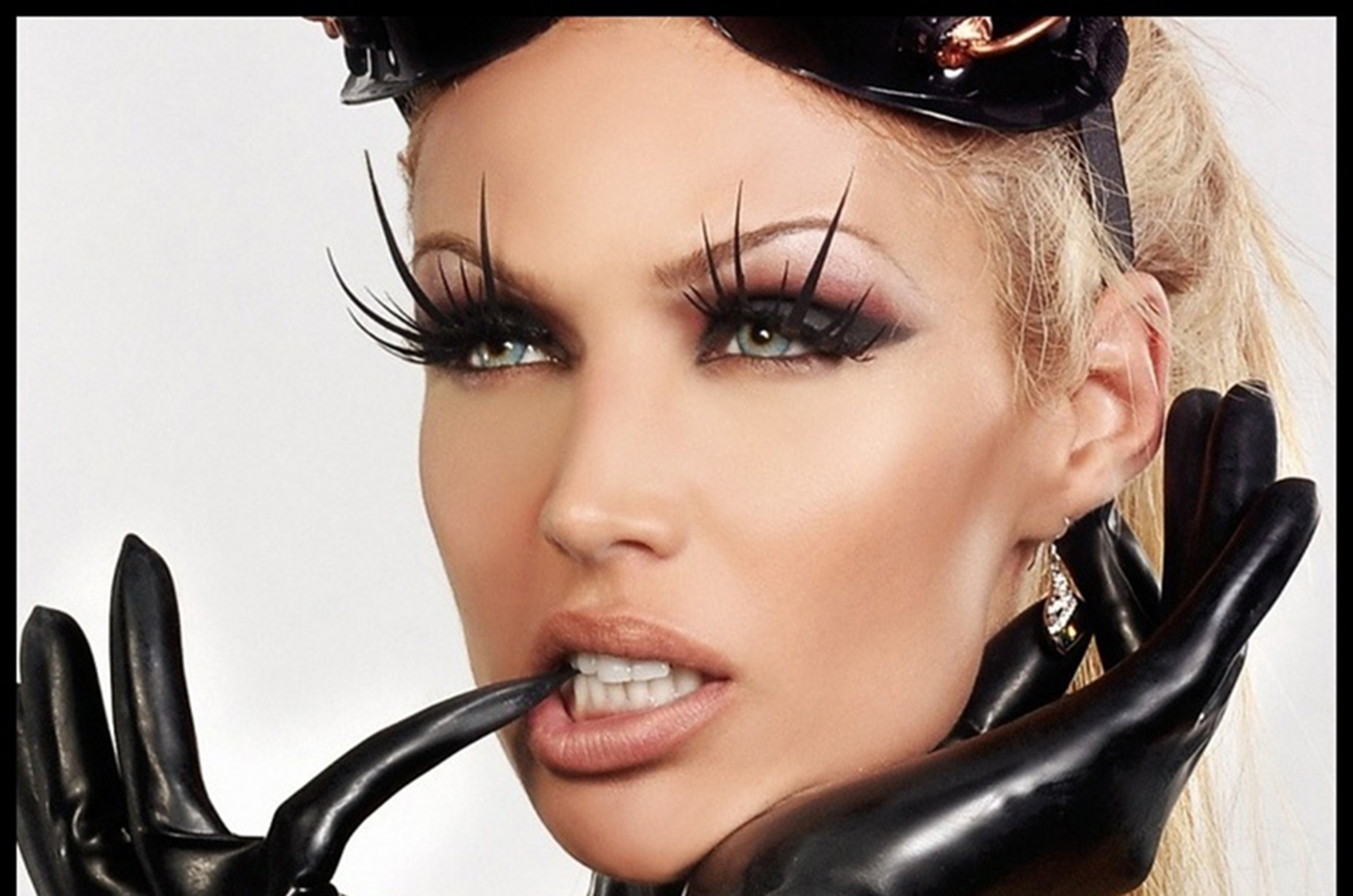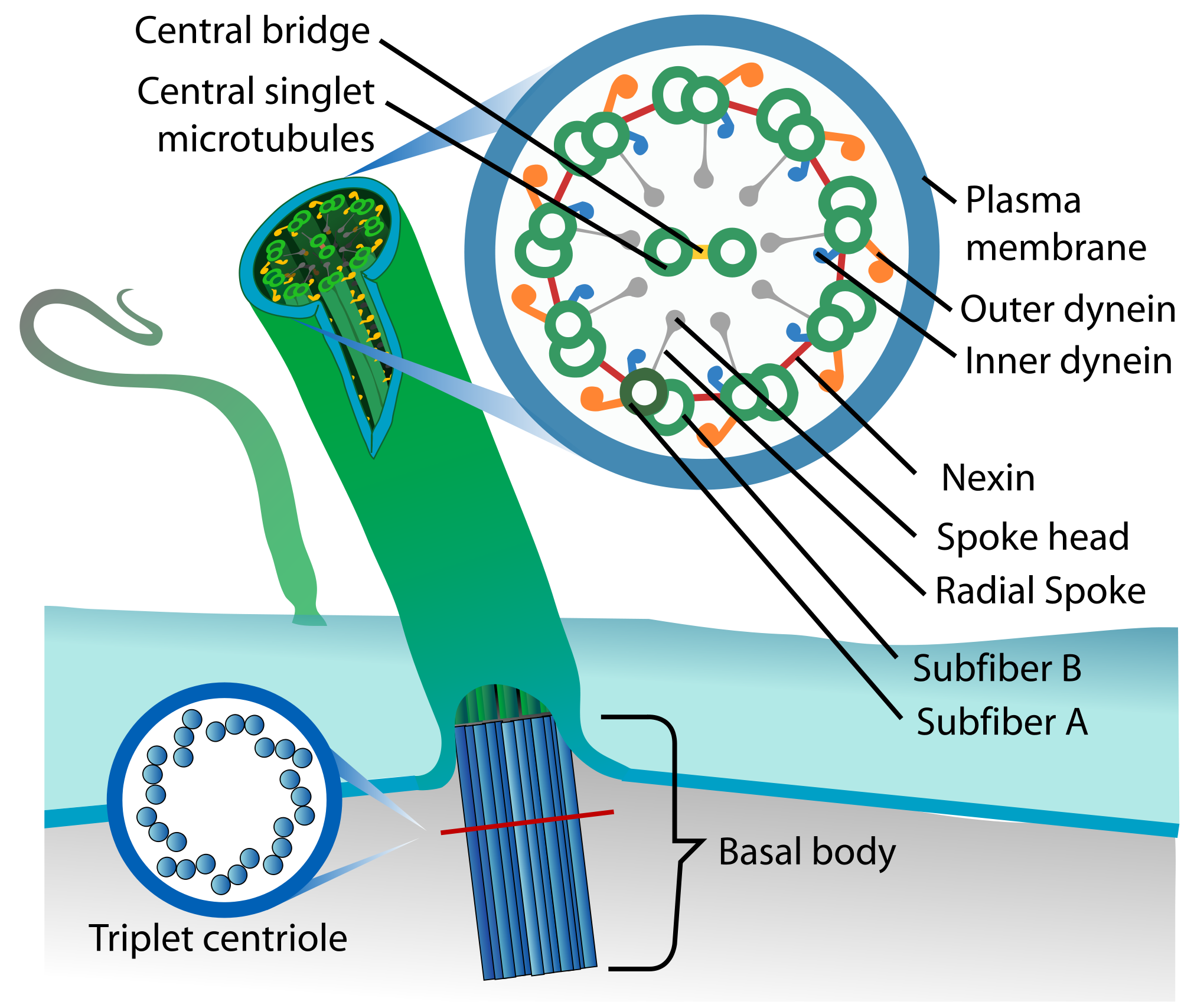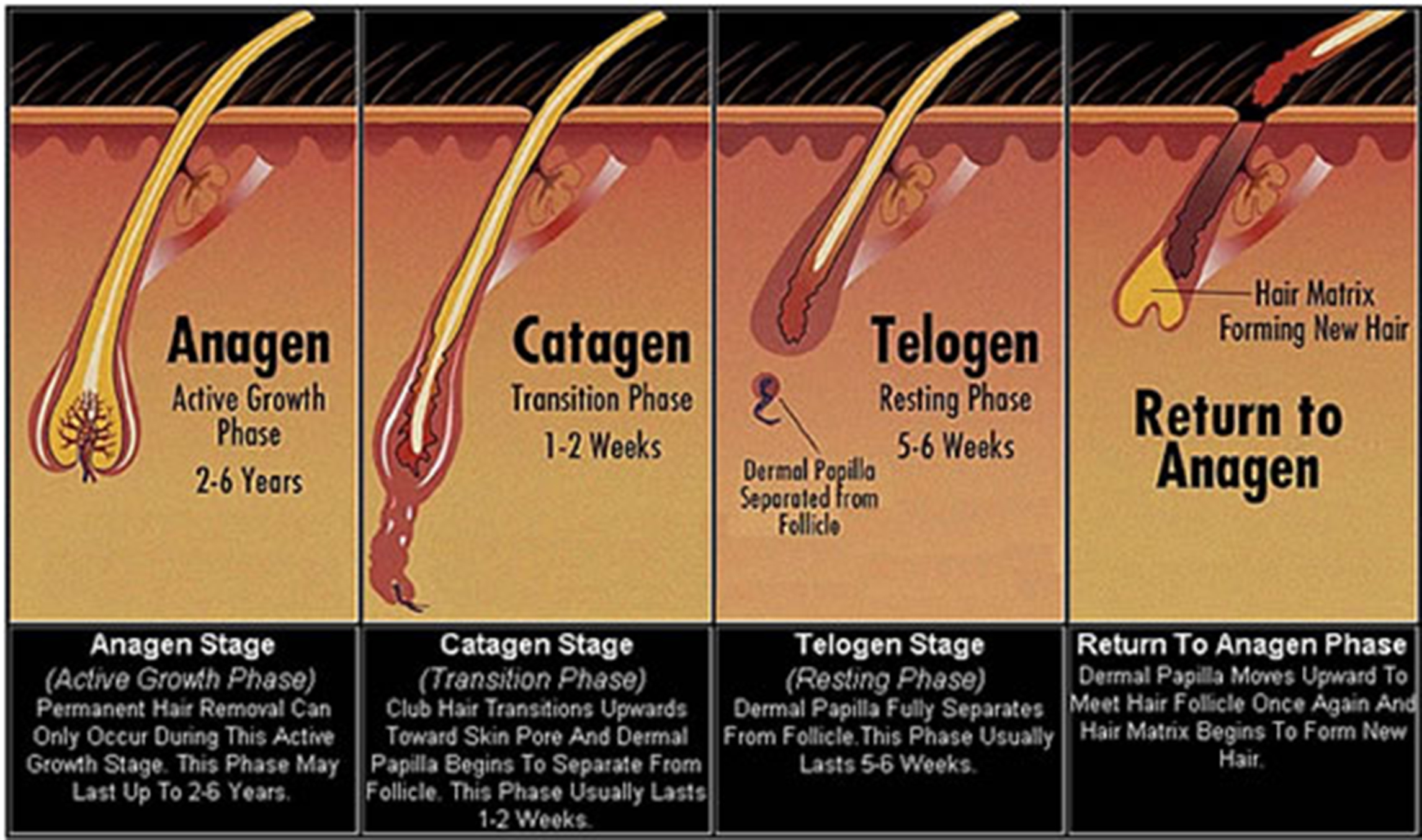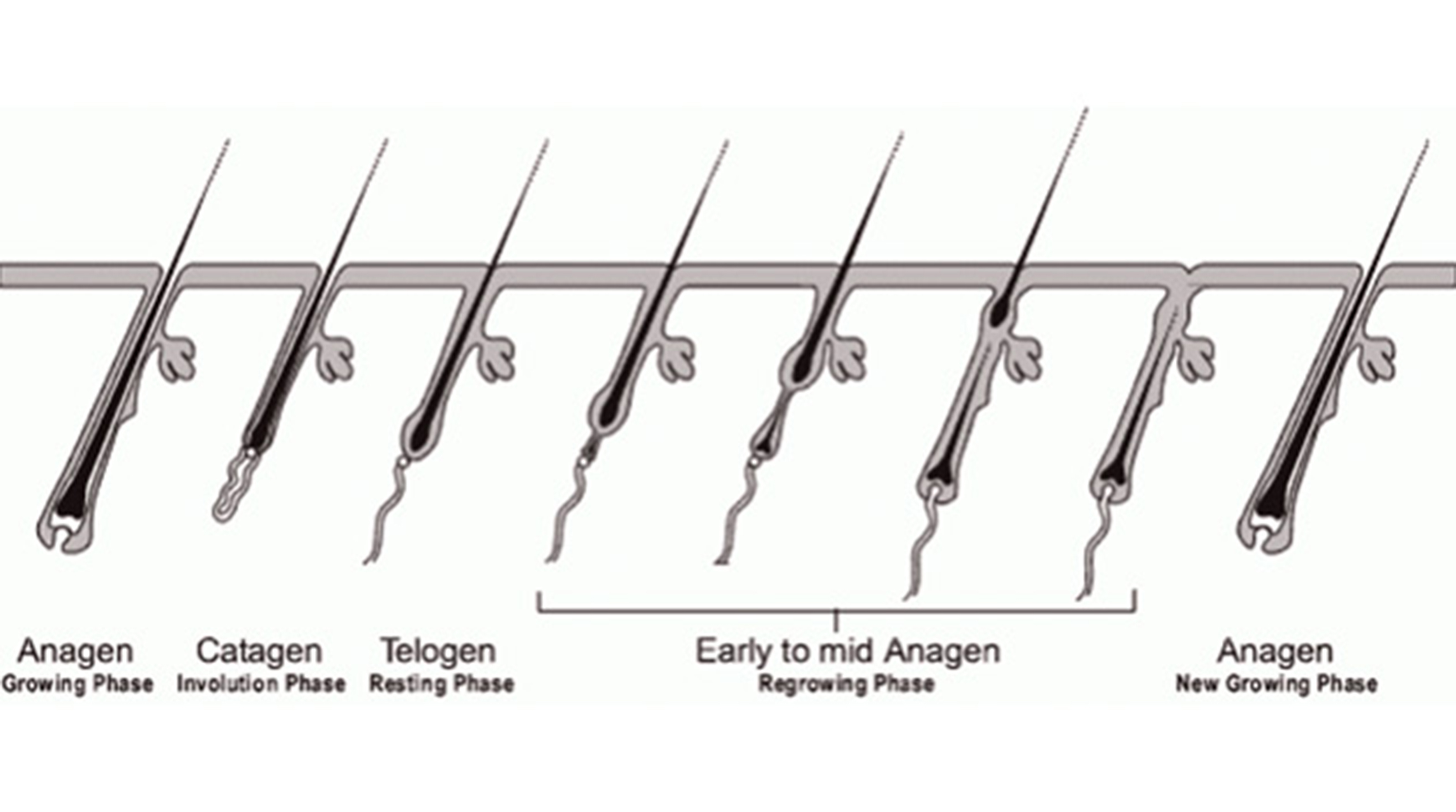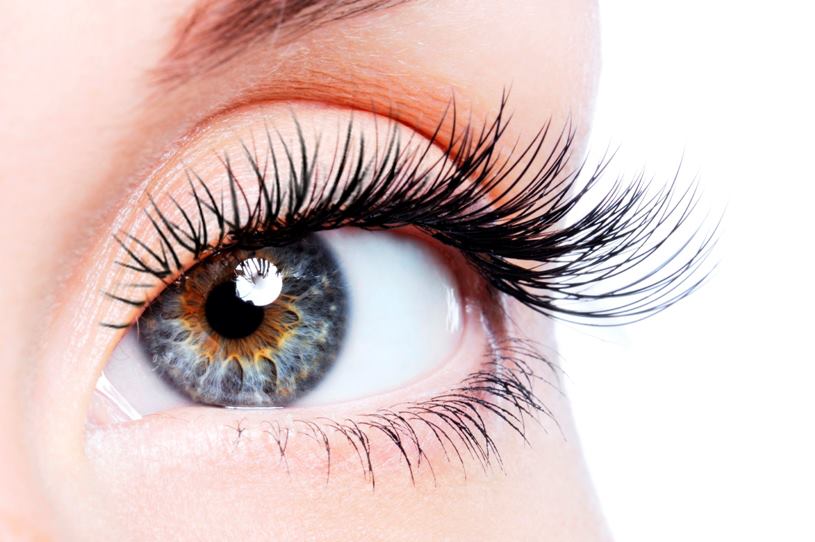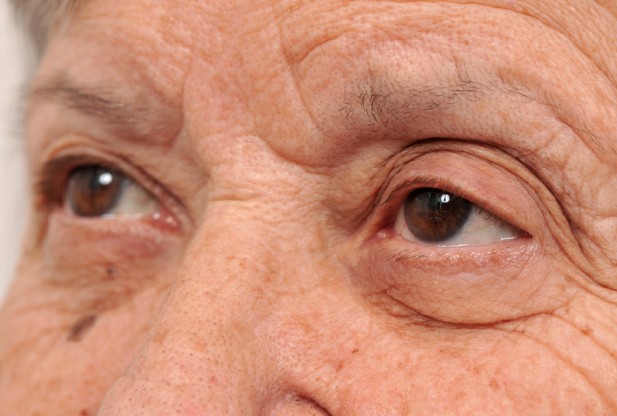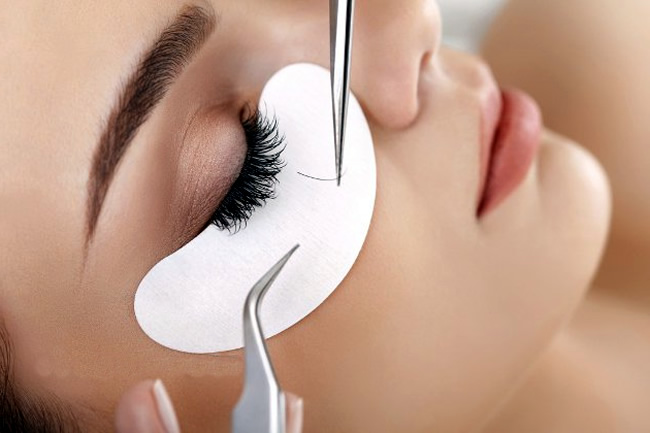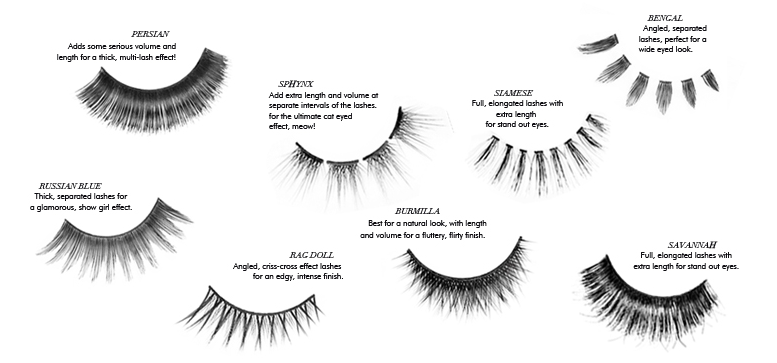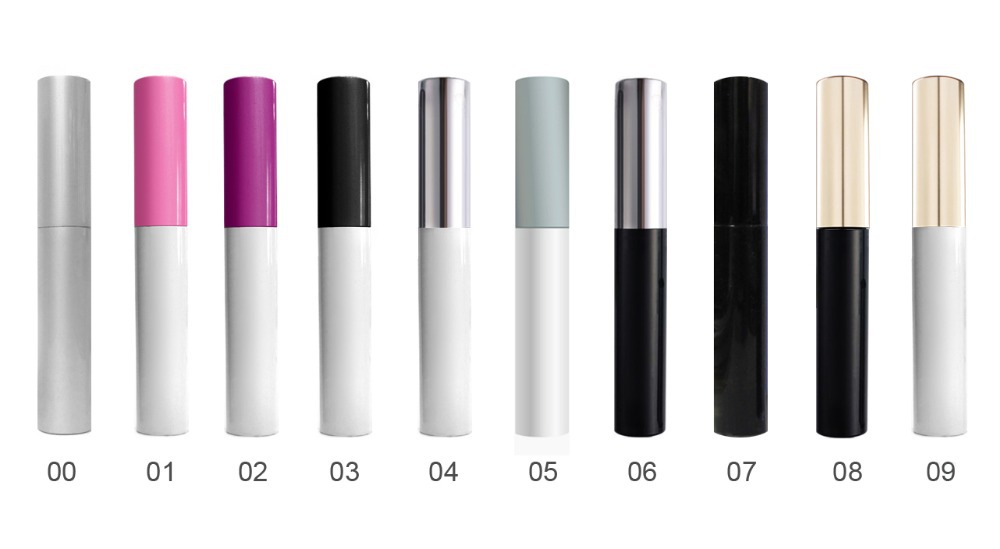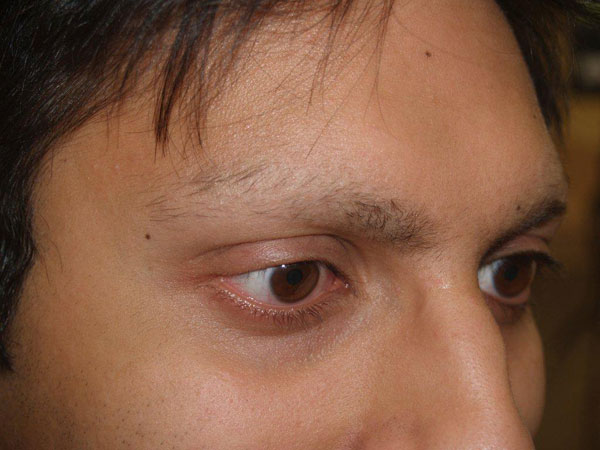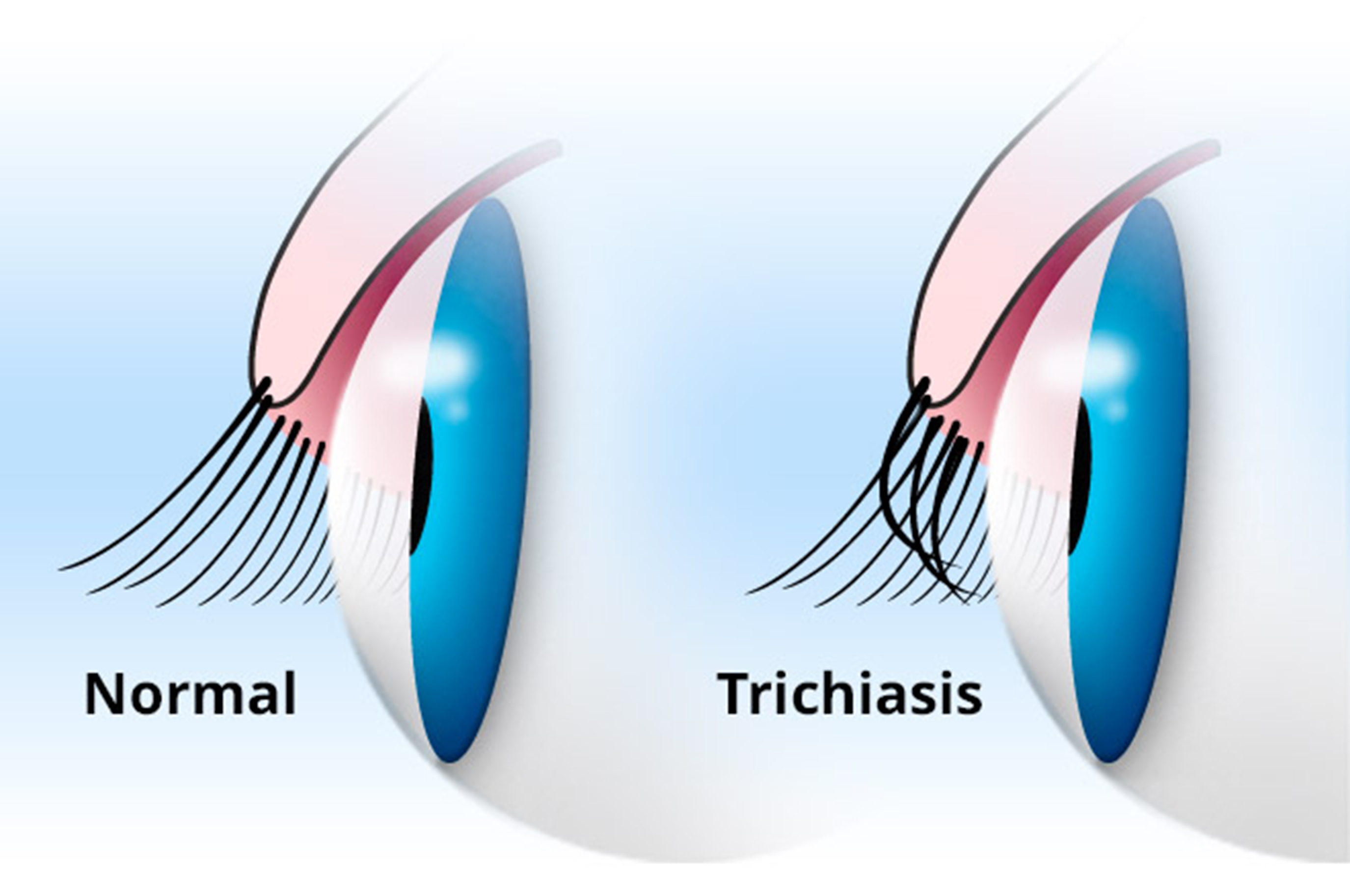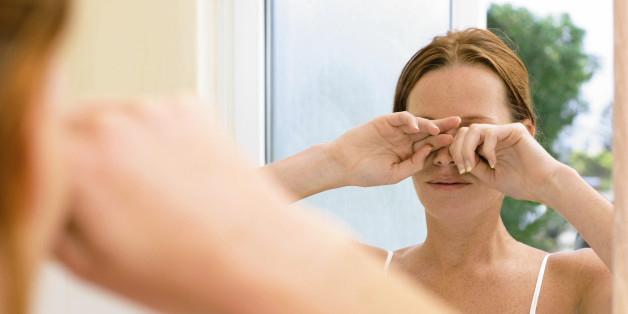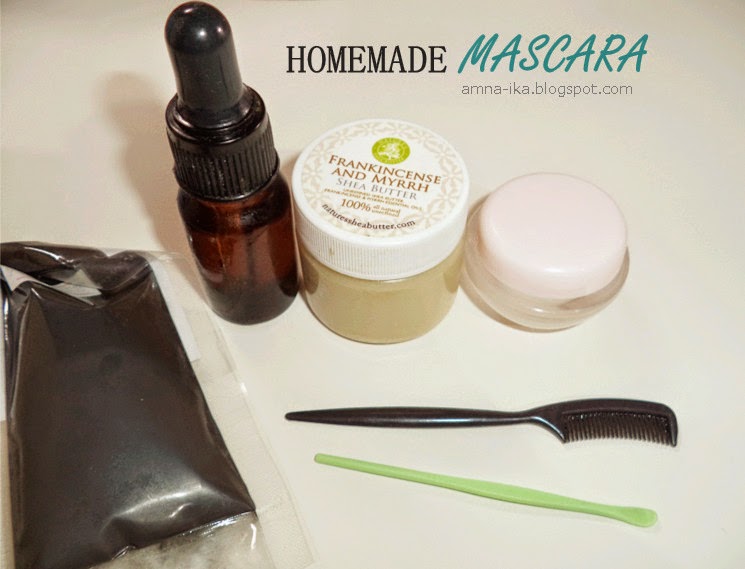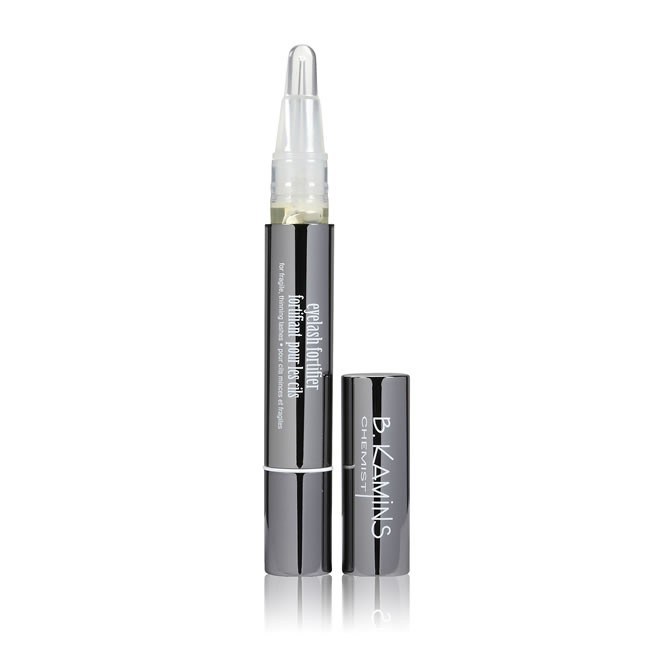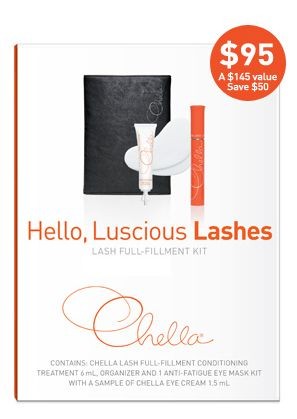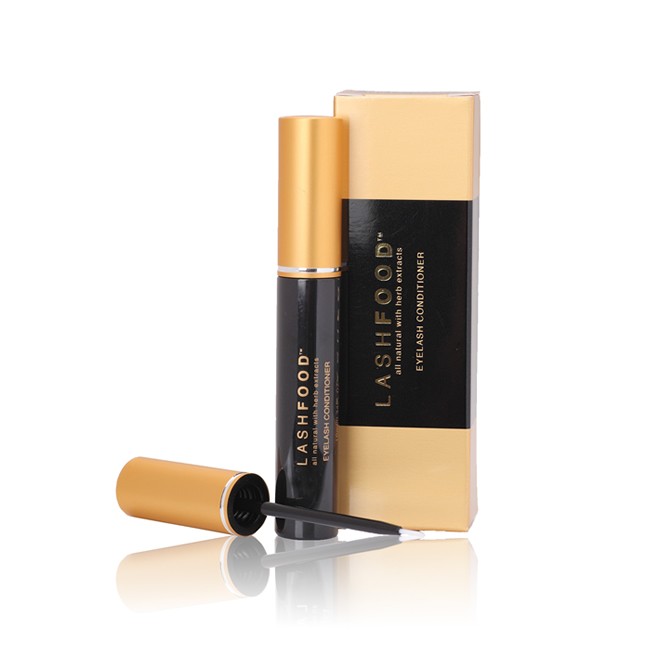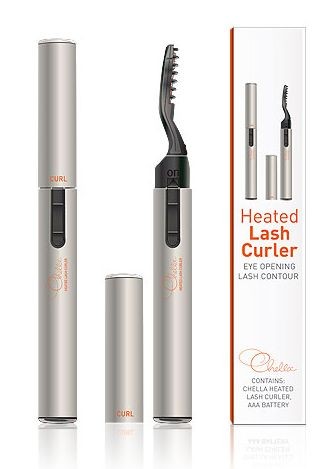Do you know what eyelashes are really about?
The post this week 211 is about eyelashes, it amazes me how much the lashes do and their importance, through the years. I have worked with them and learned how much they add to the whole look of our face not to mention the dressing, protecting, and beautifying that they do for our eyes. Nowadays if you don’t have long luscious lashes you can add individual ones, strip ones and eyelash extensions all in the name of vanity and finally beauty. I love working with eyelashes and even on main actors I have used tricks to enhance and open the look of the eyes, with that said welcome to eyelashes!!!
Thank you once again for all your support likes and shares we really appreciate it.
Eyelashes
from: https://www.blissplan.com/beauty/how-do-eyelashes-protect-your-eyes/
The eyelashes are the hairs that are located at the edge of the eyelids. Humans are not the only ones who have eyelashes. Other animals, especially mammals, have eyelashes to serve various purposes. The eyelashes can grow as long as one inch. Normally, an embryo in the womb of a mother will start to grow eyelashes during the 22nd to 26th week of gestation. According to a study, the eyelashes will take about seven to eight weeks to grow back if pulled out. The color of the eyelashes tends to imitate the color of the hair but for people who have dark hair, their eyelashes are darker. The same goes with people who have light hair color and vice versa for those with very light hair.
What The Eyelashes Do
The functions of the eyelashes are more on protection of the eyes. The eye is considered to be an extension of the brain, though few people realize this. The eyes are delicate and fragile. They need all the protection that they can get. The eyelash is just one of the other structures that protect the eyes. Along with the eyebrow, tears and orbital bones, the eyelash protects the eye from many external harmful elements.
The eyelashes defend the eyes from foreign materials, small particles, excessive sunlight and sweat. They are also sensitive. They send signals to the brain that something is getting close to the eyes. The blink reflex will then set in to evade an in-coming particle. Since our eyes should remain moist, the eyelash filters and distributes the light of the sun evenly throughout the eye. The eyelashes also decrease the heat impact of sunlight to the eyes and help with light accommodation.
Another function of the eyelashes is to serve as a warning sign of an actual disease process. People who lose their eyelashes might be showing a compromised level of immunity and slowed cell regeneration. Diseases or disorders that involve the eyelashes may include demodicid, sty (external hordeolum), trichiasis, distichiasis, trichotillomania, blepharitis, and madarosis.
The importance of the eyelashes should never be underestimated. They serve protective functions, as well as aesthetic purposes. It is not enough for us to know how vital eyelashes can be in the health of our eyes. We also should perform the necessary steps to take good care of them.
from: https://www.consumerhealthdigest.com/eyelash-care/importance-of-eyelashes.html
Defined in Gray’s Anatomy as short, thick, curved hairs, arranged in a double or triple row attached to the free edges of the eyelids, the “cilia” more commonly known as “eyelashes” have a mainly protective function to the human eye. In the female eye however, these accessory organs of the eye function doubly as a way to increase and emphasize one’s femininity and attractiveness.
Cilia Estructure
Importance of Eyelashes
The eyelashes that are connected to the upper eyelid are longer, and can reach up to an average of 8mm in length. They are also more numerous than those that are connected to the lower eyelid. An average of 110 hairs on the upper eyelid and an average of 70 hairs on the lower lash line. Another notable difference would be that eyelashes on the upper eyelid curve upward, while those on the lower eyelid curve the opposite way. This prevents the eyelashes from interlacing when you close your lids.
How do Eyelashes Grow?
Eyelashes are derived from the ectoderm, as with all hair. They are made from biological polymers and are made up of 10% water and 90% proteins. The pigmentation on these hairs will be similar to the other hairs in a person’s body; meaning, dark eyelashes for dark haired people and lighter colored eyelashes for lighter haired people.
As with all human hair, eyelashes grow from follicles that are located below the skin on the dermal layer [dermis]. Follicles have three phases of growth:
Anagen phase or the Growth Phase: Lasts is about 45 days, during this which the hair cells are dividing rapidly and adding to the hair shaft.
Catagen phase or the Declination Phase: This phase lasts about three weeks and signals the end of the active growth of a hair after that comes Telogen period. The hair, in the case the eyelash, undergoes a process of being cut off from its blood supply and from the cells that produce new hair.
Telogen phase is the Sheading Phase: Is when the hair becomes fully keratinized and dead in a sense that no more new cells are added to it. This phase is characterized by the falling off of hair which begins the resting phase of the hair follicle.
When eyelashes either fall off naturally, as in the sheading phase, or when they are pulled out that is the negative part when people just pull the lashes by either nervous habit or trying to remove the mascara instead of using a gentle make up remover; it will take about 7-8 weeks for the hair to be regenerated.
Nowadays, eyelashes receive more cosmetic, rather than anatomic, attention. The amount of product available on the market that enhance, lengthen, curl, darkens, thickens etc. the appearance of the eyelashes provided by nature is evidence enough that these hairs have taken on a more cosmetic function. To illustrate, here are some fun facts regarding our eyelashes
65% of women report using mascara, which is the safest and easiest way to give the appearance of longer fuller lashes.
62% of women also report using eye liner, a product that is design to make the base were your eyelids connects with the lashes look darker, giving the illusion of fuller lashes
From 2008-2010 hair restoration procedures performed on the eyelash, eyebrow and face has increased 14.2%
Eyelashes have always been regarded as a source of beauty in most cultures. From Egypt to 19th century London, these seemingly unassuming parts of our anatomy have received great deal of attention and enhancement. Women, and sometimes men, who have exceptionally long, thick, curled lashes have always been regarded as very attractive. This is probably why as early as the 4th Century, ancient Indians have been smearing their eyelashes with “Kajal” or khol to make a person look more “lovable” according the Kama Sutra.
 And on an evolutionary stand point, having long and thick lashes translates to youth and healthy body which then translates to fertility according to long term tradition. Long and thick eyelashes also have a way of making eyes look larger and lively which again translates to youth and a woman’s ability to bear children interesting concept don’t you agree?. Therefore, making her look more attractive to the opposite sex.
And on an evolutionary stand point, having long and thick lashes translates to youth and healthy body which then translates to fertility according to long term tradition. Long and thick eyelashes also have a way of making eyes look larger and lively which again translates to youth and a woman’s ability to bear children interesting concept don’t you agree?. Therefore, making her look more attractive to the opposite sex.
For hair that’s not even a centimeter long and comprises less than 500 of the total amount of hair we have in our bodies, eyelashes sure do make a huge impact. Serving as curtains to the windows that are a person’s eyes they either protect or enhance the natural beauty of the eyes.
From: http://www.ncbi.nlm.nih.gov/pmc/articles/PMC3036812/
Most people generally have between 100 and 150 lashes emanating from each of their upper eyelids. Lower eyelashes are half as numerous as upper eyelashes.The upper eyelashes are arranged in two to three rows. Similar to scalp hair, eyelashes are considered terminal hairs, and as such are coarser, longer, and more pigmented than our other hair types (i.e., vellus and intermediate). Eyelashes are wider than scalp hairs and, unlike other hair types, do not typically lose pigmentation and become gray with age. Eyelashes are distinct from all other hairs on the body in that they lack an accompanying arrector pili muscle, and, unlike many other hairs, are not influenced by androgens., basically they don’t do the goosebumps effect that other hair in our body does.
As is true for all hair follicles on the body, all eyelash follicles are present at birth and their numbers do not increase during life. The hair follicles of many mammals exhibit synchronous hair cycles, but in humans the hair cycle is asynchronous such that some hair follicles are growing while others are dormant. The hair cycle for all hair types is divided into the phases of anagen, catagen, and telogen, but the average length of the cycle and the individual phases varies by body location.
Though variable, the normal eyelash cycle is estimated to last from 5 to 11 months The growth phase of eyelash follicles, anagen, lasts approximately 1–2 months. During anagen, in addition to growth, melanogenesis and the subsequent transfer of pigment to the hair shaft also occurs. The duration of anagen crucially impacts hair length. Anagen is a period of rapid cell proliferation and differentiation . Following anagen, eyelash follicles enter catagen, a transition phase, which lasts approximately 15 days and is the time during which epithelial elements of the follicle undergo apoptosis or programmed cell death. The longest phase of the normal eyelash cycle, telogen or the resting phase, lasts approximately 4–9 months. Throughout telogen, no significant cell differentiation, proliferation, or apoptosis occurs. Expulsion of the previous hair (i.e., exogen) takes place during the transition between telogen and anagen.
In contrast to eyelashes, scalp follicles have a much longer cycle, lasting several years. Anagen alone can last up to 6–7 years for scalp hairs. Relative differences in the lengths of the hair cycle phases of eyelashes and scalp hair result in approximately 50% of upper eyelash follicles being in telogen at any given time compared with only 5% to 15% of scalp follicles. Furthermore, eyelashes are typically slow-growing hairs, growing at a rate of approximately 0.15 mm/daycompared with 0.3–0.4 mm/day for scalp hair. The unique properties of the eyelash cycle differentiate eyelashes from other body hairs and may cause drugs that affect hair growth in one location to enhance eyelash prominence.
Is it normal for my eyelashes to thin as I age?
from: http://www.healthywomen.org/content/article/your-eyelashes-you-age?context=healthcenter/52
Unfortunately, thinning eyelashes are part of the aging process. So, if your lashes don’t seem to have the same length and fullness they once did, don’t worry, in most cases, there’s no reason for alarm. Still, you should share any concerns with your health care provider.
Eyelash growth has four stages: growth, resting, shedding and re-growth. Your lashes continuously cycle through these four stages. As we age, eyelash follicles (the openings in the skin through which the lash grows) can slow or stop producing new lashes altogether.
Aside from age, there are other reasons someone might not have enough lashes. These may include:
- Scrubbing or rubbing eyelashes too hard, which can damage the skin and cause delicate eyelashes to fall out
- Heredity
- Medical conditions
- Some medications and treatments
Talk with your health care provider about your concerns; he or she can help get to the root of the problem.
Is there anything I can do about it?
The good news is there are a number of options to help give the appearance of fuller, longer lashes. Many of them are temporary fixes, but they can help you feel better about your appearance. And let’s face it, aside from helping to protect our eyes from debris, wind and sunlight, long thick lashes have always been a sign of beauty.
Some of the possible options include:
- Make-up. Many women turn to make-up, most commonly mascara, which comes in lash extending or thickening formulations. Be sure to replace your mascara every three months to avoid infection.
- Over-the-counter cosmetic products and lash-boosting serums. These have vitamins and moisturizers to enhance lashes.
- False eyelashes. Available as long strips to be placed on your eyelid or as single hairs, these are often affixed with glue to supplement existing lashes and can often cause trauma to the eyelashes that can result in even thinner lashes.
- Speak with your dermatologist. If you’ve noticed that your eyelashes have thinned over time, talk to your dermatologist to see which treatments might be right for you.
- Eyelash transplants. This surgical procedure actually transfers scalp follicles onto the eyelid, and is generally used in extreme cases.
Eyelash Extensions
False Eyelashes
Choosing Products Carefully
To save your lashes, always use hypoallergenic makeup. If you notice your lashes thinning right after you try a new product, stop using it immediately as you are likely allergic to it. Be as gentle as possible when removing your makeup at night to avoid rubbing, pulling and tugging on your lashes. Avoid wearing waterproof mascara and false eyelashes as both are very difficult to remove and require much pulling on your natural lashes during removal. When you do wear mascara, apply it sparingly as the weight of heavy mascara applications puts stress on your eyelashes. Eyelash curlers are, in fact, as scary as they look and should be avoided. They pull on your eyelashes and can inadvertently pluck them out.
Eyelash Health
Make a conscious effort to keep your hands away from your face – many people rub their eyes or absentmindedly tug on their lashes when lost in thought. Eyelid infections, thyroid problems and autoimmune disorders can also cause your eyelashes to fall out, so consider consulting a doctor to make sure your thin lashes aren’t telling you about an important health issue.
Eyelash loss isn’t life threatening in any way, but it is very frustrating and distressing. Adding to the frustration is that there is no one cause of madarosis, and so no one solution, either. It’s enough to drive someone to despair, but there are options for stopping eyelash loss and possibly even getting back the enviable lashes you used to have!
Causes of Eyelash Loss
Before you decide that you have madarosis, you should know that in the same way that hair on your head regularly falls out and is replaced, all of us regularly lose and regrow eyelashes, too—usually without even noticing it.
In the case of madarosis, however, there is profuse lash loss – some people wind up having no lashes at all. You probably won’t even know why it’s happening. As it turns out, there are various causes behind eyelash loss, the major ones of which are:
- Ophthalmic Conditions: These include inflammation and infections of the eye. The most common condition associated with madarosis is chronic blepharitis – a recurring inflammation of the eyelid which has a variety of causes. They include bacterial infections, gland dysfunction, and even rosacea. In some cases, eyelash loss results from repeated inflammation destroying the hair follicles; in other cases, lashes are lost when a person continues to rub their eyes because of the irritation they’re experiencing.
- Dermatologic Conditions: Among the skin problems associated with madarosis are atopic dermatitis (also known as eczema), seborrheic dermatitis, psoriasis, and post-menopausal frontal fibrosing alopecia (a form of female pattern baldness). In almost all these cases, eyelash loss results from the constant scratching and rubbing in response to the itching sensation brought on by these conditions.
- Menopause: Diffuse hair loss on the scalp, eyebrows, and eyelashes is typical during and after menopause. The loss of estrogen stunts hair growth and can actually cause the destruction of hair follicles, leading to thinner, wispier hairs and lashes.
- Systemic and Endocrine Disorders: Disorders of the thyroid gland – hyperthyroidism and hypothyroidism – affect hair follicles, causing eyelashes to fall out. An autoimmune disorder called alopecia areata, which is associated with patchy loss of hair, also can lead to lash loss.
- Medications: Unfortunately, some medications designed to improve other conditions can cause lashes to fall out. Research shows that oral anti-acne drugs such as isotretinoin, some anti-clotting medications, anti-cholesterol drugs, thyroid balancing drugs, and blood pressure medications have all been connected to madarosis, although in some cases lashes grow back once the medication has been stopped. A special case of eyelash loss occurs during chemotherapy treatment for cancer. Many patients suffer complete loss of all body hair, eyelashes and eyebrows included, but once the chemotherapy is completed, the hair begins to grow back.
BLEPHARITIS
Is the chronic inflammation of the eyelids. It can be due to infection (staphylococcus, herpes, fungus, and others), seborrhea, trauma (plucking, rubbing, bad applied extensions), or allergy (specially to cosmetics).
TRICHIASIS
In this condition the eyelashes are reversed positioned, growing back to the ocular globe. Causes could be infections, inflammations, autoimmune conditions, congenital defects, and trauma (burns or injury).
DEMODEX FOLLICULORUM
These are parasites, face mites, who lives in the eyelashes follicles. They eat sebaceous secretions and dead cells, and they reproduce inside the follicle. With a length of 0.1 to 0.4 mm., they can infest the eyelids.
CRAB LICE
These are parasitic insects which infest pubic zones and other areas, including eyelashes. They use to feed with human blood, and the treatment with Permethrin and Pyrethrins is hard, and should be completed with fine-teeth combs and washings.
STYE
It could be an infection of sebaceous glands at the base of the eyelashes or an infection of the sweat glands. It’s not a chronic condition, and usually disappears in one week without treatment, or 4 days with antibiotics.
TRICHOTILLOMANIA
It is a psychological disorder based in the compulsion of pulling out one’s head, and results in hair loss and skin damages. It’s a chronic condition very difficult to treat.
TRICHOPHAGIA
Around a 15% of sufferers of trichotillomania eat their hair. This is a serious psychological disorder, which could lead to the complete loss of eyelashes and serious digestive problems.
Treatments for Eyelash Loss
As you might imagine, with all the various causes of eyelash loss, determining how to treat this condition can be challenging because one solution isn’t right for everyone. If you start to notice your eyelashes falling out more than normal, it’s time to see your physician. It’s almost always an indication that something else is physically wrong and needs to be treated to keep things (other than eyelash loss) from getting worse.
A doctor can help find the underlying cause of your eyelash loss and come up with a treatment plan based on the findings. For example:
- If a chronic eye infection is the cause, taking appropriate antibiotics can solve the problem.
- In the case of dermatologic conditions, treatments to reduce their effects and stop the itching can be helpful; in other cases treating the infection that’s causing the loss of lashes is effective.
- If menopause is the underlying cause, hormone replacement therapy can make all the difference in the world.
- Sometimes just changing to a different but equally effective medication for a condition can lead to getting your eyelashes back.
- Don’t waste time switching mascaras because a mascara isn’t the cause of eyelash loss. Pulling and tugging at lashes to remove waterproof mascara can result in lash loss, but if you don’t have madarosis, this stops as soon as you go back to regular mascara or use a better eye makeup remover (always gently).
There also are some solutions for treating eyelash loss directly, as opposed to treating the underlying problem. We explain in the article Lash Growth Products That Work exactly which topically applied products, such as prescription Latisse and over-the-counter RapidLash or RevitaLash, actually work to grow lashes. These products take time to work and you must commit to applying them every day, but many people are impressed (if not overjoyed) by the results.
6 Steps to Better Eyelashes
from: http://www.webmd.com/beauty/eyes/eyelash-length-growth-extensions
1. Take it easy. Never tug at your lashes, and avoid rubbing your eyes. “The lash root is very delicate and lashes can easily break due to our daily habits,” says dermatologist Jeannette Graf, MD, of Great Neck, N.Y.
2. When using a lash curler, don’t pull on your eyelids.
3. Remove your mascara before you go to sleep. (The stiffness from the mascara can break lashes.) Use a gentle makeup remover. Pat or dab at your lids — don’t rub or pull.
4. Remove clumps from mascara when the mascara is still wet and easy to comb through.
5. Tossing your old mascara also helps keep lashes and eyes healthy. Get a new tube every three to six months, says New York optometrist Susan Resnick, MD. That will help your mascara stay free of germs that can lead to infection.
6. If you get pink eye or another eye illness, replace any makeup that went near your eye area.
What food to eat for healthy eyelashes.
from: http://fysikolashes.com/what-food-to-eat-for-healthy-hair-nails-and-eyelashes/
Proper nutrition is essential for the whole human body, it supplies oxygen, amino acids, vitamins and protein to build new healthy cells. Proper nutrition is very important for healthy hair, as hair, nails and eyelashes are last in the supply chain. Without adequate nutrition, hair, nails and eyelashes are more likely to be dull, to be thin, to break easy and to turn gray. A change in diet and vitamin intake can improve the heath and appearance of your hair, skin, nails and eyelashes.
Protein
Proteins are building blocks for human body. They are made up of amino acids, and help build muscles, blood, skin, hair, nails and internal organs. Next to water, protein is the most plentiful substance in the body. Proteins could be complete and incomplete. Complete proteins have all essential amino acids. Complete proteins are beef, chicken, fish, eggs, milk, feta cheese, etc. Incomplete proteins don’t have all of the essential amino acids, like vegetables, fruits, grains, seeds and nuts. Research, published in The Journal of Nutrition by L. C. SEIER, T. J. DEVLIN AND R. J. PARKER about protein effect for hair growth in rats, suggests, that protein plays important, if not main, role in quality and quantity of hair as well as the length of hair growth cycle.
Biotin, AKA Vitamin H, AKA Vitamin B7
Biotin is an important component of enzymes in the body that break down certain substances like fats, carbohydrates, and others. Biotin promotes cell growth and metabolism that helps in hair, nails and eyelashes growth and prevents brittle, fragile hair. Severe biotin deficiency can lead to loss of hair, eyelashes, and eyebrows, broken and fragile nails.
There is no sufficient blood test to determine biotin deficiency. The signs and symptoms of biotin deficiency include hair loss which progresses in severity to include loss of eyelashes and eyebrows in severely deficient subjects, as well as nails that break, chip, or flake easily. Pregnant women tend to have a high risk of biotin deficiency. Research has shown that nearly half of pregnant women have an abnormal increase of 3-hydroxyisovaleric acid, which reflects reduced status of biotin. Biotin deficiency can affect baby growth; mice, deprived in biotin, had 100% of infant malnourishment. Foods, that contain Biotin. Vegetables: swiss chard (most amount of biotin), carrots, onions, cucumbers and cauliflower. Nuts: almonds, walnuts. Chicken Eggs, be careful not to eat too many egg whites as it binds biotin. Goat’s Milk and Cow’s Milk. Berries and Fruits: strawberries and raspberries. Fish: Halibut. Suggested Biotin supplement dosage. The University of Michigan Health System reports one study that found 16,000 mcg of biotin daily reduced blood sugar levels 50 percent in type 1 diabetics. Another found 9,000 mcg daily reduced blood sugar levels and pain from diabetic neuropathy in type 2 diabetics; the University of Michigan Health System notes doctors sometimes use a dose anywhere from 9,000 mcg to 16,000 mcg in this instance. The Beth Israel Deaconess Medical Center reports a suggested dosage of 6,000 mcg daily — consumed by a nursing mother — to treat infant seborrheic dermatitis and 3,000 mcg daily for brittle nails.
Iron
Foods high in iron include liver; whole grains; dark green, leafy vegetables; eggs and raisins.
Vitamin E
Vitamin E provides good blood circulation, which includes the blood flow near the scalp. Foods high in vitamin E include avocados, nuts and olive oil.
Fatty Acids
When hair is dry and brittle it breaks easily and also falls out easier. Foods high in fatty acids are nuts, especially walnuts, fish and soy.
Folic Acid and Vitamin B
Vitamin B5 or Pantothenic Acid prevents graying, hair loss, eyelash loss and nail breakage. Hair follicle starts to fall due to lack of this vitamin in our body, nails become fragile and eyelashes get thin. Good sources of Vitamin B5 are whole grain cereals, brewer’s yeast, organ meats, egg yolks, milk, peanuts and legumes.
Vitamin B6 or Pyridoxine helps in preventing hair loss. It also helps in creating melanin that gives hair its color. Some of the food sources for Vitamin B6 are yeast, liver, whole grain cereals, vegetables, organ meats and egg yolk.
Vitamin B9 or folic acid is required for cell growth and helps improve mental health. Good sources of folic acid are green leafy vegetables, legumes, seeds, liver, poultry, eggs, cereals and citrus fruits.
Vitamins C, A
Vitamin C is an essential nutrient for the treatment and prevention of a variety of hair disorders, which can damage your hair and affect normal hair growth. A diet containing significant levels of vitamin C can help combat alopecia, hirsutism or male pattern baldness. The University of Maryland Medical Center recommends consuming 500 to 1,000mg of vitamin C at least two times daily for antioxidant support.
Food rich in Vitamin C are mango, pineapples, raspberries, sweet potatoes, strawberries, turnip greens and cantaloupe.
Vitamin A is good for hair because it helps to produce sebum. The oily substance, secreted by your hair follicles, is the body’s natural hair conditioner.
Vitamin A rich foods: butter, egg yolks, fish, fortified milk, organ meats (such as liver), and dark green, orange, red (pomegranate), and yellow fruits (persimmons, mangoes) and vegetables, which all contain beta-carotene.
Naturally Longer Lashes
from: http://wellnessmama.com/2028/eyelash-growth-serum/
Of course, there is a genetic aspect to long eyelashes, but that doesn’t mean that those without the lucky genes can’t increase their eyelash length.
I have a cousin who naturally has super-long dark eyelashes that look like extensions. My eyelashes are decently long but definitely not that dramatic, so I have been experimenting with natural ways to increase my eyelash length and thickness.
There does seem to be a connection between nutrition and hair health, so if a person isn’t getting enough fat soluble vitamins, b-vitamins, vitamin C and collagen, eyelashes (and hair) can suffer.
Overuse of eye products, especially long-lasting mascaras or fake lashes can weaken lashes or lead to lash loss.
Natural Eyelash Extensions?
After publishing my homemade mascara, many people asked if there was a natural way to make fiber lash mascara or eyelash extensions. I’m yet to find a natural version of false eyelashes since most glues contain formaldehyde. Most fiber lash products also contain questionable ingredients.
What I did find, however, was a natural way to make lashes look as long as fake lashes using only natural ingredients.
These natural “eyelash extensions” use:
- Castor oil– Natural source of Omega-6 fats, proteins and vitamins that helps encourage dramatic hair growth
- Coconut oil–
- Vitamin E oil (optional)
Castor oil alone would give noticeable results, as it has been extremely helpful for lengthening and thickening my hair, but the coconut oil and vitamin E give this serum a wider range of fatty acids and nutrients to help speed eyelash growth.
TIP: Christa of The Whole Journey recommends adding 1 drop of lavender essential oil to mascara to speed eyelash growth. I haven’t tried this yet, but it could be added to this serum for additional benefit (just always use caution and do your own research when using essential oils!)
Eyelash Growth Serum Ingredients:
- 1 teaspoon castor oil
- 1/2 teaspoon coconut oil
- 2 capsules Vitamin E oil (optional)
How to Make It:
- Mix all ingredients and store in a small dropper bottle.
- To use, squeeze one drop on to your finger or a cotton swab and gently massage into lash line. I prefer to do this at night to let it work overnight before washing my face in the morning.
- Use daily for best results.
TIP: This can also be used on eyebrows to help with thinning eyebrows.
This will last up to a year as long as it is kept in an air tight container and not contaminated with a liquid since it contains to water, aloe or other liquid ingredients that will spoil.
B. Kamins Eyelash Fortifier
An advanced eyelash and eyebrow conditioner that contains a powerful revitalizing complex which gets right to the root of the problem of thinning lashes and brows. Results: lashes are strengthened to resist environmental damage which can cause loss and breakage, and are fortified to appear thicker, fuller and more youthful-looking, even without makeup.
Chella Hello, Luscious Lashes Eyelash Treatment Kit
Chella Lash Full-Fillment Eyelash Treatment starts giving you thicker, lusher looking lashes in just 4 weeks.
LASHFOOD Original Natural Eyelash Conditioner
Order now for Purchase and 20% off! For sensitive skin. This formulation is packed with over 16 different types of performance herb extracts, copper complex, and essential provitamins to safely and drastically lengthen, thicken, and strengthen lashes within just 4-8 weeks.
Chella Heated Eyelash Curler
Say Goodbye to the crimping and pinching caused by traditional lash curlers. This sleek, safe, and gentle heating wand is essential to enhance the appearance of your lashes. Designed to be used after mascara application, this curler gently warms lashes to deliver long lasting curl.
